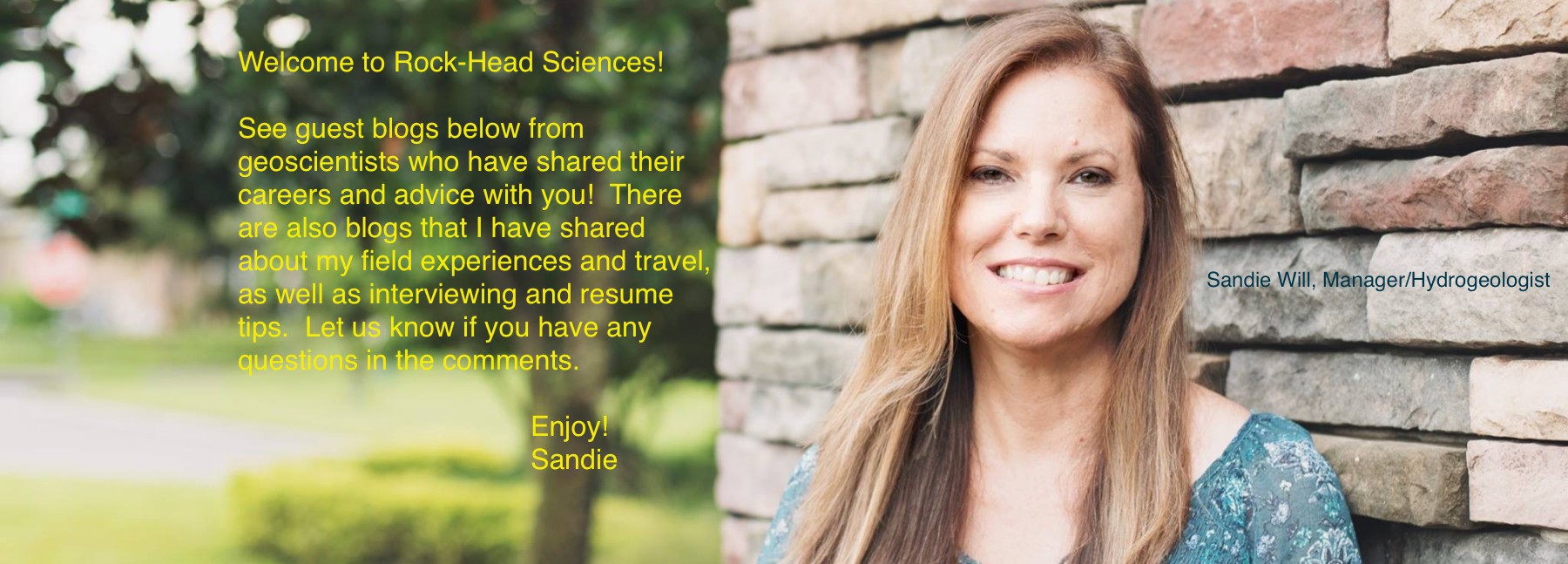NAME: Abi Stone
CURRENT TITLE: Lecturer in Physical Geography at the University of Manchester.
AREA OF EXPERTISE: Quaternary Science, Dryland Palaeoenvironments and Geomorphology, Geochronology, and Hydrogeology, particularly the unsaturated zone
YEARS OF EXPERIENCE: 6 since PhD
EDUCATION: PhD Quaternary Science, School of Geography and the Environment, University of Oxford; MSc Quaternary Science, Royal Holloway University of London; BA(MA) Geography, School of Geography and the Environment, University of Oxford.
Blog: http://abistone.wordpress.com;
University: http://www.manchester.ac.uk/research/abigail.stone/research
Twitter (@AbiStone): https://twitter.com/AbiStone
What’s your job like?
My job is varied, fun and exciting with phases of relative tedium, often hectic, and nearly always rewarding. My time is divided between research, teaching and administrative tasks in various combinations throughout the course of the academic year. This time of year (May and early June) is examination marking season.
My research typically begins with journeys out into deserts and drylands (see Photo 1 of us driving in the Namib Sand Sea) to collect samples of sandy sediments for analysis.
I feel extremely lucky to get to travel to such amazing landscapes for my research, and I’ve been very fortunate to have some amazing local support in the field in Namibia from personnel at the Gobabeb Research and Training Centre, the Geological Survey of Namibia, University of Namibia (UNAM) and local land owners and farmers. The research questions I pursue relate to working out what dryland landscapes were like and how much they were changing through time in response to changing climate over hundreds of thousands of years and also to the nature of groundwater resources in dryland regions. My research also involves a fair bit of laboratory work, playing around with sand and chemicals and lasers in the dark lab for luminescence dating, and water and sand and spectrometers/chromotographers in better lit labs for ground water-related research. Interpreting the data and writing the research up for publication involves various levels of teamwork of different sizes depending on the research project I/we are working on.
I get to teach about Dryland Environments, Quaternary Science and Geochronology as well, which is rewarding. It gives me the opportunity to keep up to date with research outside my specialist niches but within the environment I work in and the questions that students ask are often thought-provoking.
What’s a typical day like?
This varies greatly depending on the time of year.
Semester time can involve up to four hours of lectures and tutorials in a day, meetings with students and colleagues, laboratory work, desk-based tasks such as reading, data analysis and article writing and attending to email.
In addition to fieldwork for research, I’m lucky to be involved with teaching on field classes, so I’ll give you an example of a day abroad overseas on a recent field-class in Crete (see Photo 2 for a field-trip view):
- Eat breakfast (a towering serving of fruit and yogurt with honey arrives) at 8 a.m. with colleagues and plan the logistics for the day in terms of which student group will be working in which location.
- Check that each student group has their plans and equipment assembled for their research.
- Hand out hard hats, global positioning system (GPS) devices, temperature probes, whirling hygrometers and other bits of kit (can you guess the topic of the project?) and walk with the group to a nearby dry steep-sided gorge.
- Get the group project leaders to explain their plans for the research for the day and brief their team and set them off to work (see Photo 3).
- Walk back to base.
- Have iced coffee and check on another research group.
- Spend time until lunch working in the shade on some research on the laptop.
- Eat lunch with colleagues and catch up on student locations and progress.
- Take a quick dip in the sea.
- Arrange who will check on each research group.
- Visit groups.
- Go back to base.
- Eat ice cream.
- Students to return and complete write-up of their days research in field notebooks, and hand them in around 7 p.m.
- Debrief students with plans for the next day.
- Read the notebooks and give formative feedback.
- Order a beer and find somewhere to eat dinner.

Photo 3: Project leaders brief their fellow students on the research project for the day. Copyright: Abi Stone
What’s fun?
Being involved in learning more about the natural world during research and teaching; interacting with, and being inspired by, colleagues during research, particularly when in the field or at conferences; and traveling to some amazing locations.
What’s challenging?
The balance of tasks that can pull your time in different directions. It can be frustrating when sometimes pieces of equipment don’t work in the field or machines have faults in the laboratory. It is increasingly challenging to obtain sources of funding for research.
What’s your advice to students?
Keep enjoying learning! Remember your motivation for studying your subject in the first place, particularly in the moments where the going gets tough. Approach your lectures, seminars and tasks with enthusiasm, remembering that you will only get as much out of them as you put in. Ask questions, even if you think they are silly ones. Seek advice from your lecturers and their networks if you are interested in pursuing future research.



